2 North Fifth St
1808
One of the best examples of American federal architecture in a city with a dearth of it is the Hancock-Wirt-Caskie House, a courtly two story brick house in the Capitol District. The structure is easily associated with typical of federal-style architecture with its low roof pitch and strong geometries on the brick facade and interior plan. However, the house stands apart from other buildings of the style in Richmond as it is the only double-bowed iteration remaining. As a result, the layout features two octagonal rooms that fill the house’s bays. The building is also identifiable for its recessed entrance and white, two level porch arcade. While generally not open to the public, the interior is where the house shows its flair, through intricate friezes, cornice detailing and careful carpentry work. A towering magnolia in the backyard gives the architecture a decidedly Southern atmosphere, refined yet personable.
After construction of the building in 1808 by Michael Hancock, the house was sold to William Wirt, a famous biographer, the Attorney General of Virginia and eventually the U.S. Attorney General. The house was owned by the Palmer and Caskie families from 1854-1945, lending to the house’s three names. The building was placed on the National Register of Historic Places in 1970.
Today, the over 200-year-old house is equally well known for its original architecture as it is for its thorough restoration efforts. Aubrey Bowles, the current owner of the house, earned an award from Preservation Richmond in 2009 for his extensive efforts. The house was also featured in an episode of Bob Vila, hosted by a popular figure in construction renovation. The video can be found here:
Bob Vila Hancock-Wirt-Caskie House Tour
The level of care and patience shown by Bowles through restoring the Hancock-Wirt-Caskie House is admirable, and his undertaking is an inspiring example of the unique value that historic architecture holds in our city’s identity as well as the passion it can inspire in our residents.
M.F.A
Photographs: D.OK.

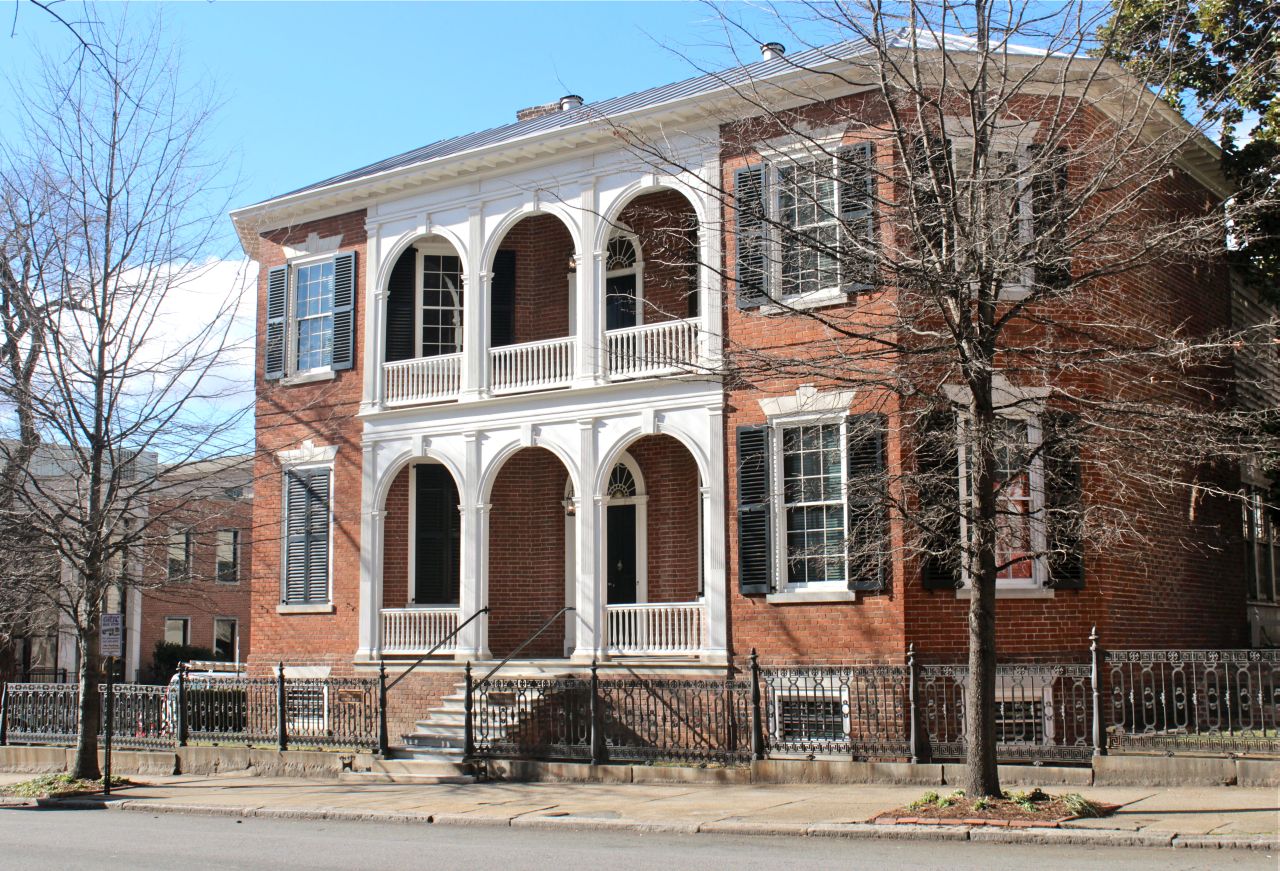

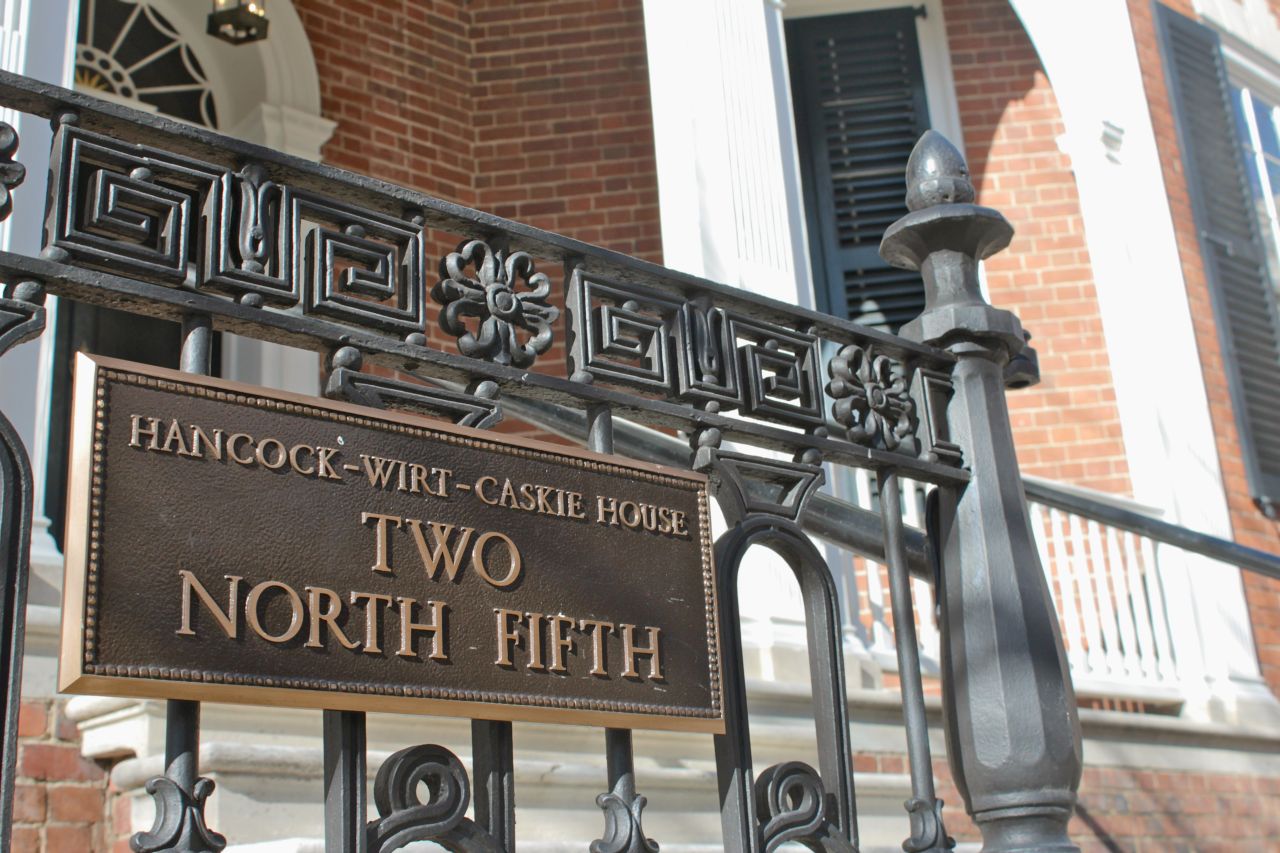

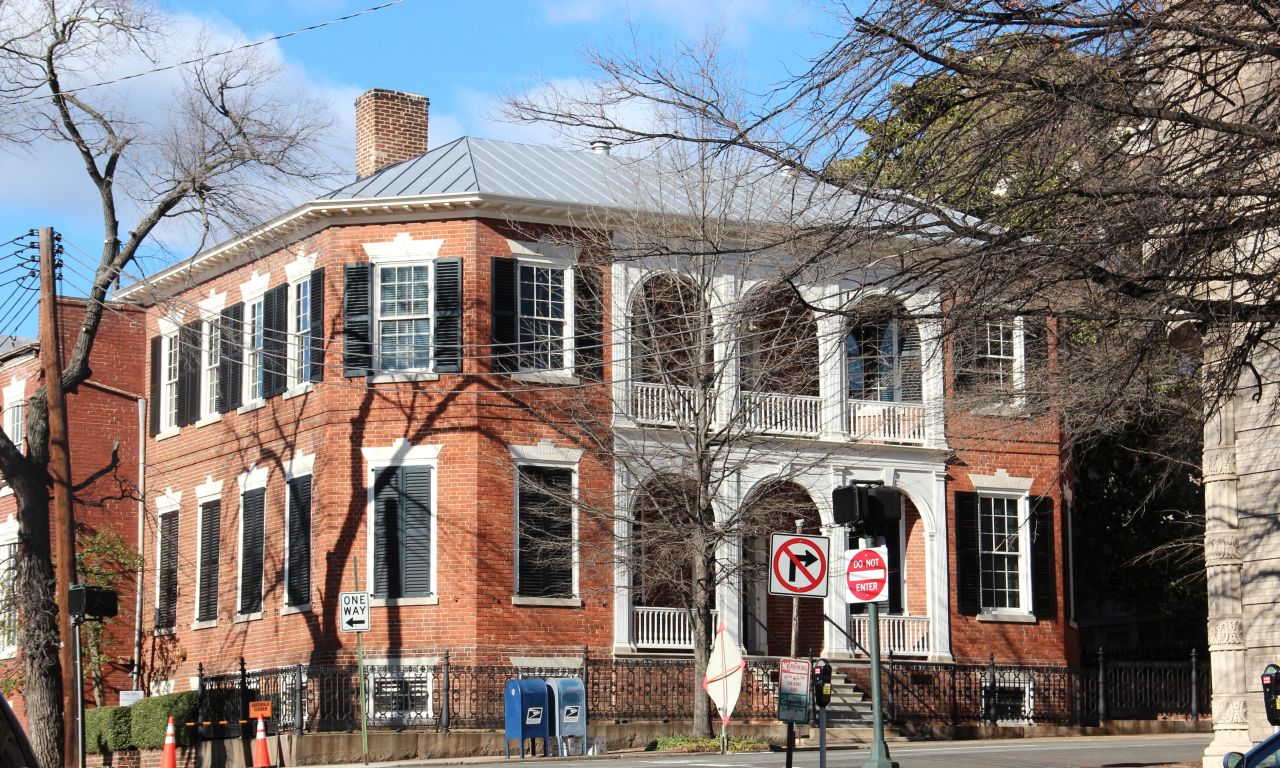
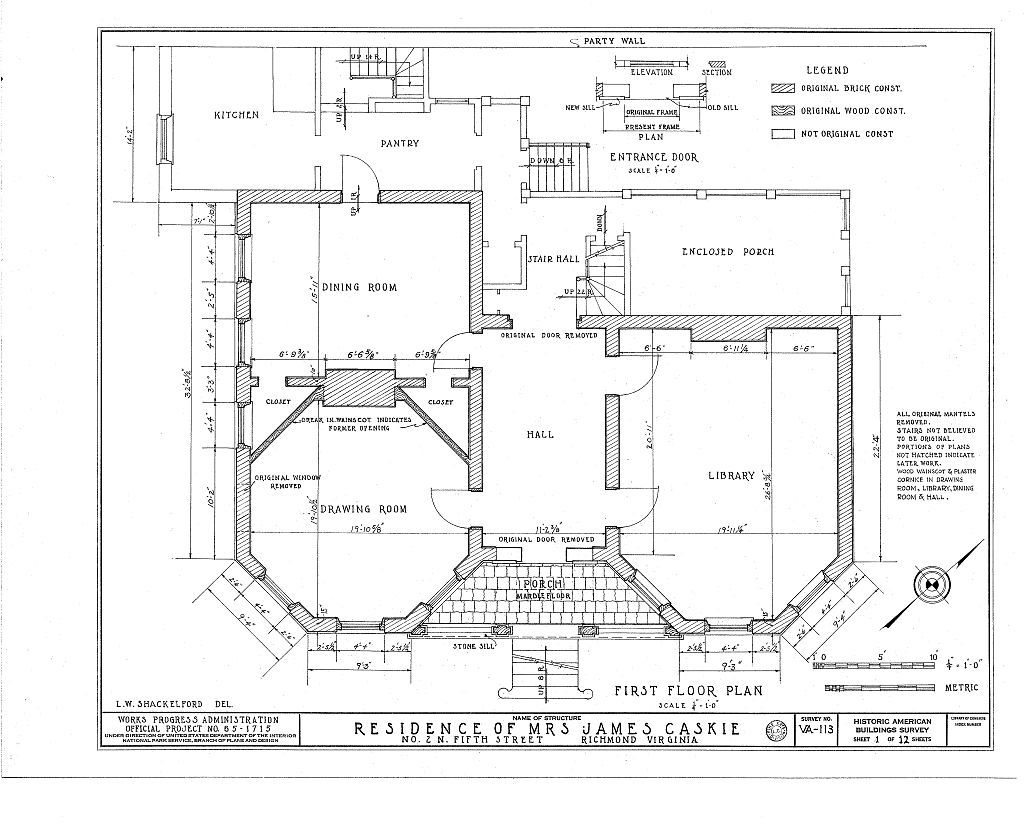




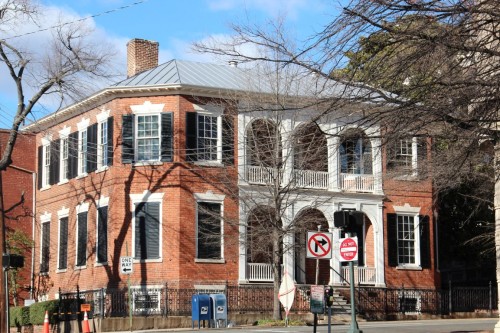

1 Comment
You should have mentioned the far more important facts that after William Wirt (1772–1834) purchased the house in 1816 and lived there until 1818, when he moved to Washington as Attorney General of the United States under James Monroe, the mansion, known as Moldavia, was then acquired by the Randolphs, who, like Wirt, were among the oldest and most prestigious planter-aristocrat families of Virginia and were some of the founders of the United States. The Randolphs, however, had to sell one of their mansions in Richmond and sold Moldavia to a Spanish merchant named Joseph Gallego, who in turn sold it in 1825 to John Allan, a merchant of Scots origin who was the foster father of the author Edgar Allan Poe, and it was in this house that Poe spent about a year before going away to the University of Virginia in 1826 at the age of 17. The sale of this house to merchants scandalized the planter-aristocracy, who expressed in letters written at the time their disdain for the fact that mere merchants were taking over their property and their world.
Write a Comment